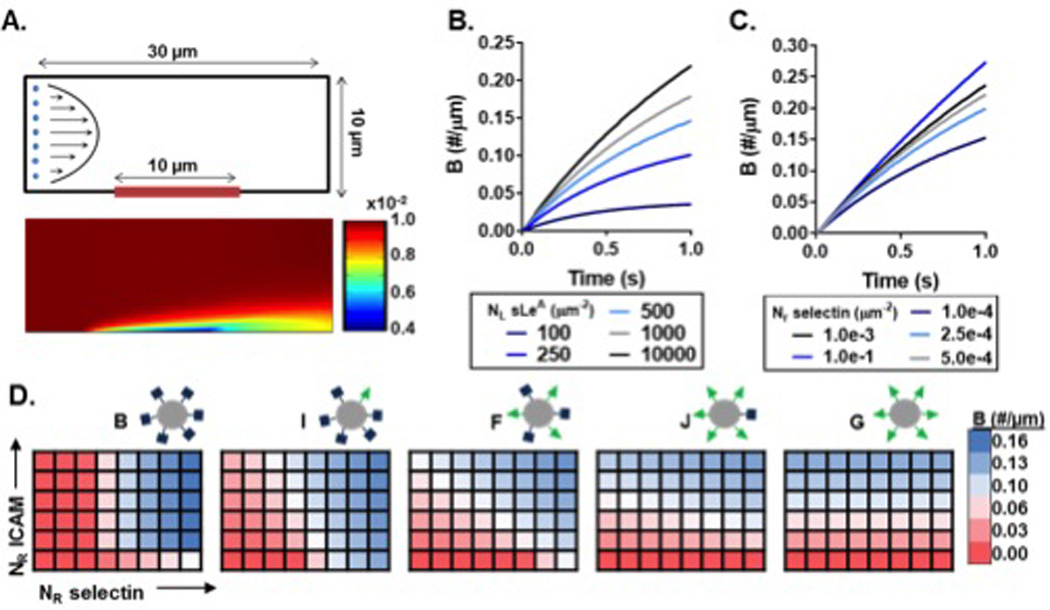Figure 6. Computational model of particle adhesion as a function of ligand and receptor density.

(A) Simulation geometry and flow profile (top), with representative resultant particle concentration profile within the fluid (bottom) in #/µm2. Bound particles not represented in the visualization. The bound particle concentration (B) over time at constant shear 200 s−1 with (B) constant receptor (NR) density, and (C) constant ligand (NL) density. (D) Heat maps of B at 1 sec and constant shear 200 s−1 as a function of NR-ICAM and NR-selectin for five particle combinations with varied NL ratios. Blue indicates NR conditions of more adherent particles and red indicating conditions of fewer adherent particles. NR-ICAM ranges from to 1×10−6 to 3×10−4 µm−2, while NR-selectin ranges from to 1×10−6 to 3.5×10−5 µm−2, both equally spaced.
